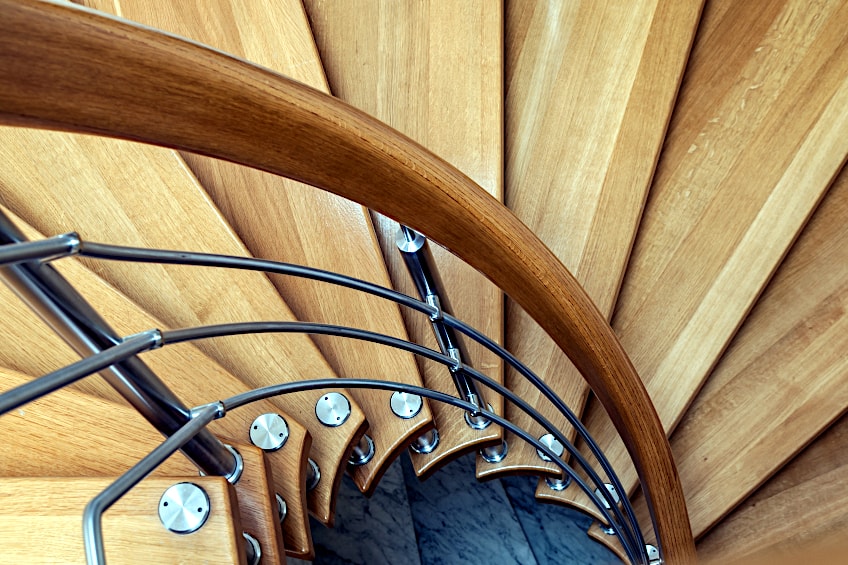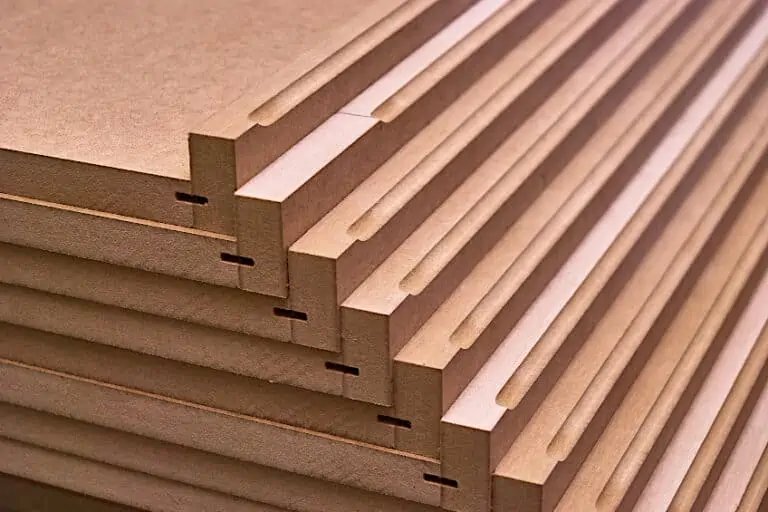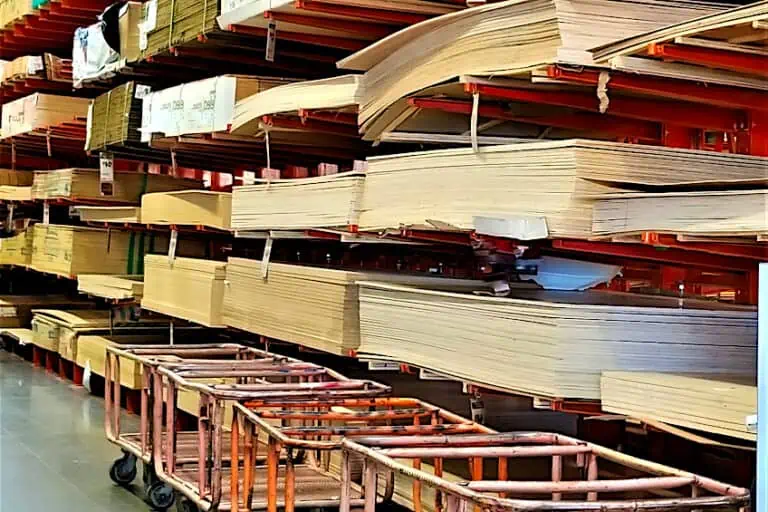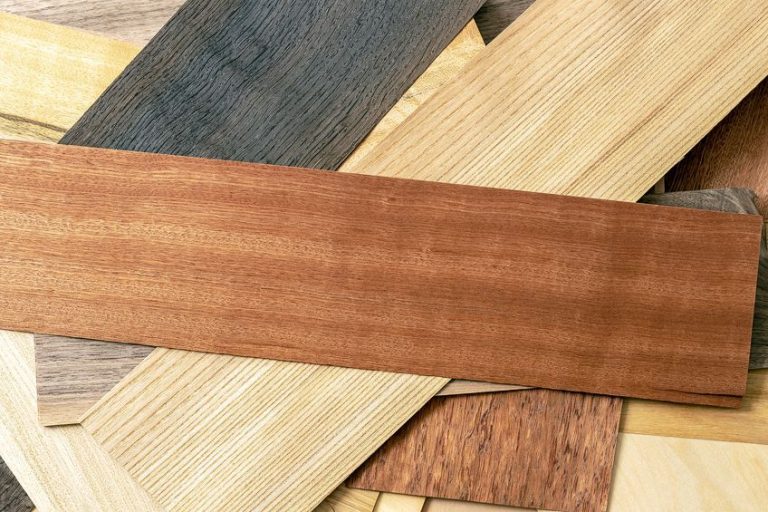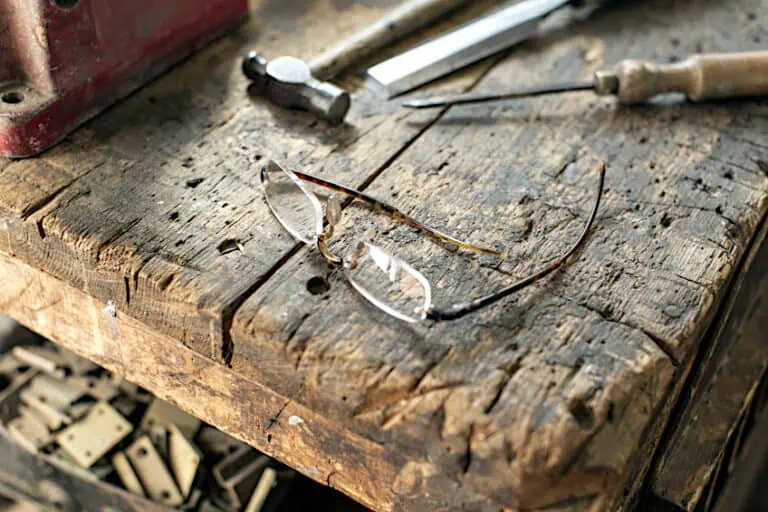Ashwood – A Light, Strong, and Durable Hardwood
When starting a woodwork project, there are loads of wood species for you to choose from. America is fraught with hardwood species that are incredibly durable, versatile, and good-looking, and the lumber industry really is a booming one. This being said, it can be really challenging to make a definitive choice when it comes to picking some wood with the desired characteristics for your project, after all, oak is strong, rigid, and has an amazing red color to it. Walnut wood is a premium hardwood with an incredible texture and is incredibly malleable while being very strong. Cherry wood is strong, versatile, and pretty easy to come by. However, a wood that most people often overlook is Ashwood, but what is Ashwood? Let’s have a look at what Ashwood is, where it comes from, what its characteristics are, what is it typically used for, as well as some of its pros and cons as a hardwood species.
What Is Ashwood?
If you’ve never used Ashwood before you’re not alone. It’s not that this type of wood is not popular, it’s just not a wood that most people get excited about when they think about making something about hardwood. This is because Ashwood is a middle-of-the-road wood in terms of its class. Ashwood is not particularly expensive, not particularly good-looking, and does not possess particularly high tensile strength.
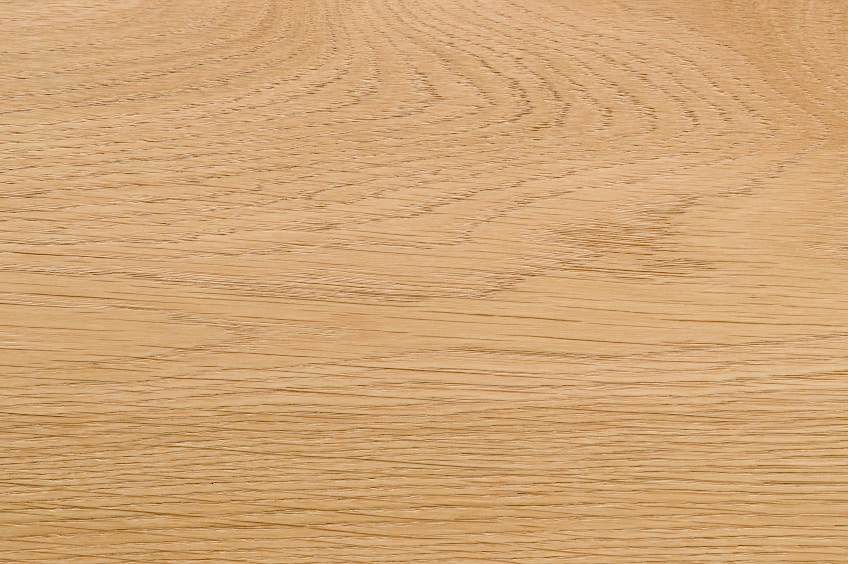
This being said, it’s not a cheap wood and its aesthetics have the potential to be improved through the use of wood treatments, paint, or simply wood oils. Ashwood is also not completely weak, and it can be used for moderate load-bearing applications where excessive stress is not exerted on the board. Ashwood is then a really sensible choice if you’re doing some DIY work on a budget or need a decent quality wood in large volumes.
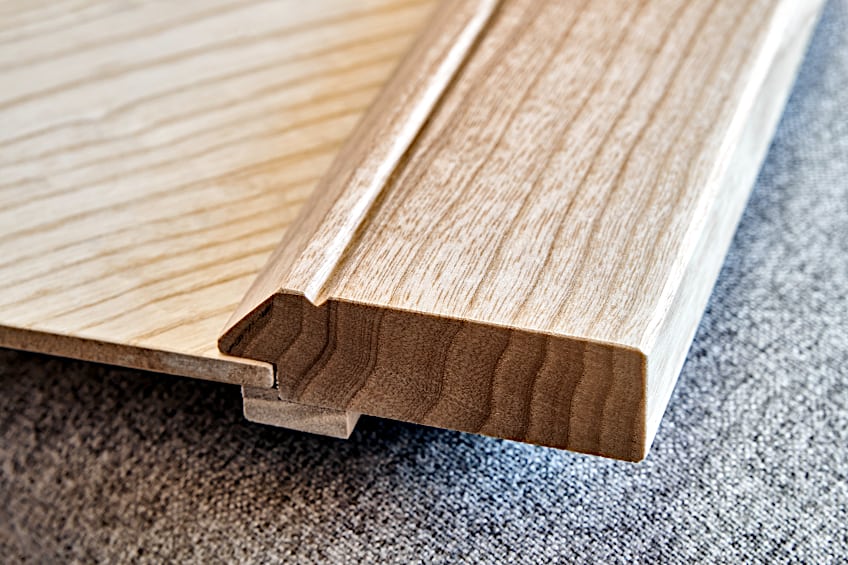
Ashwood is also really light and is used for a number of applications where a wood that is both strong and lightweight is needed. Compared to both oak wood and hickory board, ash is rather light and therefore is chosen as a suitable and cheaper alternative to these wood types. Ashwood also has quite a historical background and has been used by various cultures in various regions all over the world.
What Is Ashwood Used For?
What is Ashwood used for then? Well, back in the day, Ashwood has been in the creation of weapons such as spears and arrows (the kind used with bows) thanks to how light the wood is, plus its tensile strength means that these tools could be used and reused over and over again. In ancient Greek mythology, the great hero Achilles had an Ashwood spear that was so large, he was the only person who could use it. These days, we have more effective means of protecting ourselves though, so what is Ashwood used for now?
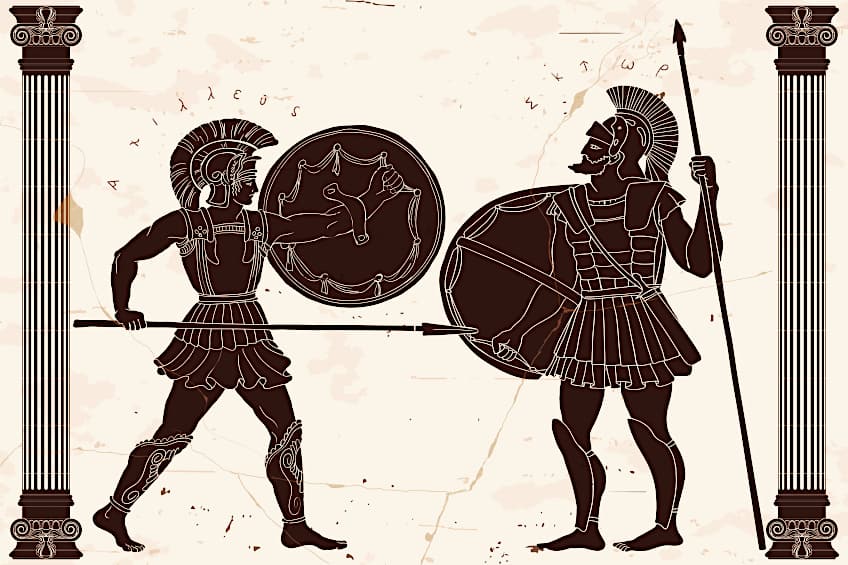
Well, unsurprisingly since its strong and lightweight Ashwood has been used to make a number of sporting equipment such as tennis rackets, cricket bats, baseball bats, and even wickets. Besides sporting equipment, Ashwood has also been used to make things like timber frames, staircases, handles for tools, bowls, and even drum shells!

The uses of Ashwood are not limited to this though, ash has been used for a number of other applications like the creation of furniture. Ashwood can be used to make things like couches, cupboards, tables, chairs, lamps, and even bedside tables. Other uses of Ashwood include things like flooring, doors, and oars for boating, and it can even be sliced up and used to create veneer for plywood.
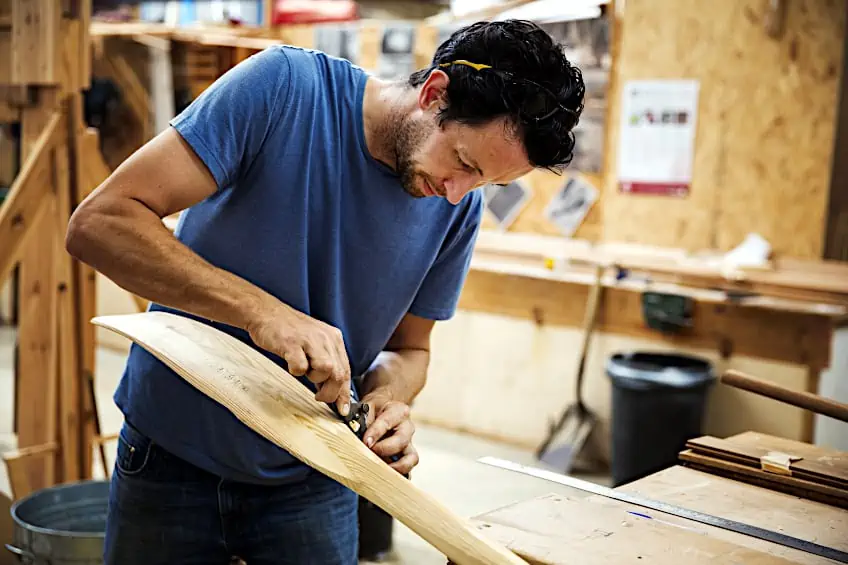
What Are the Characteristics of Ashwood?
Now that we know what Ashwood is used for and how it is used, it’s a good idea to also understand the characteristics of this wood species. The majority of Ashwood trees are not even found in the US, and are instead abundant in eastern regions such as greater Asia, most of the African continent, and some European regions as well.
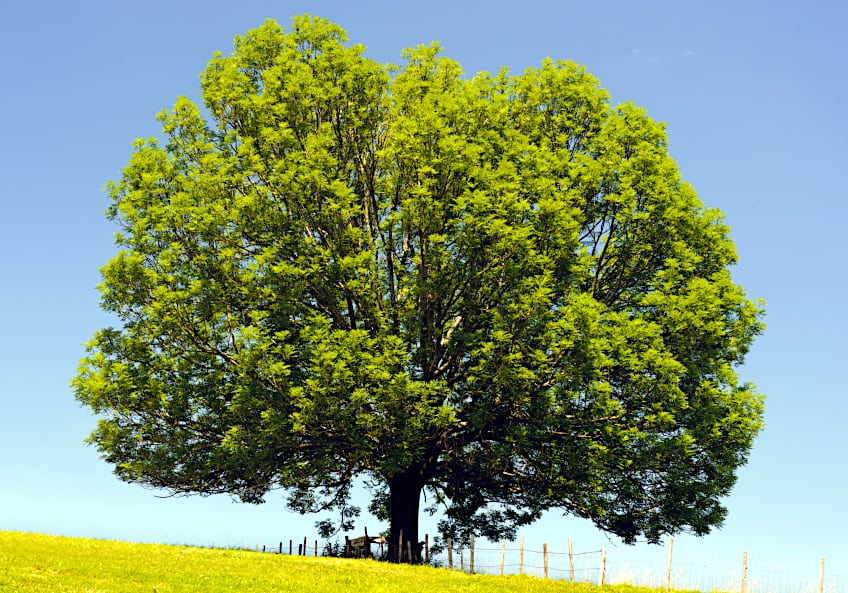
Highly Adaptive
If you couldn’t tell by the aforementioned regions, Ashwood has next to no problem existing in harsh environments and can even be found in some areas of the arctic circle, which proves just how robust this wood species is. Ashwood trees can thrive in nearly any environment and adapt quite quickly when introduced to new soils and microbial life.
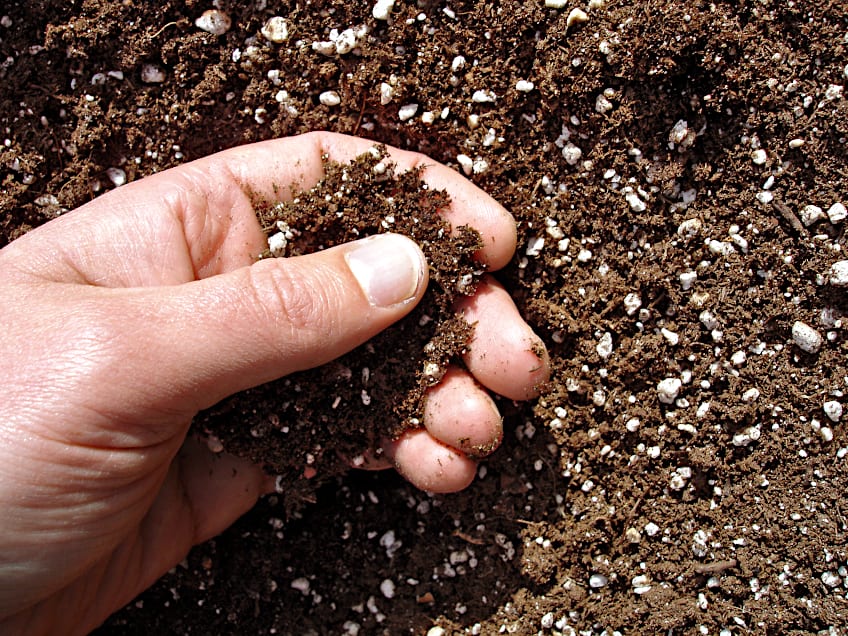
Lightweight
So, we know that Ashwood is hard to kill, but what are some of the key characteristics that make it recognizable as an individual wood species? Well, for starters, one of Ashwood’s most recognizable characteristics is how light it is. This is why it’s used in many applications to replace other materials (particularly wood), which have a weight that is counterproductive to the intended applications of the objects they’re used to make.
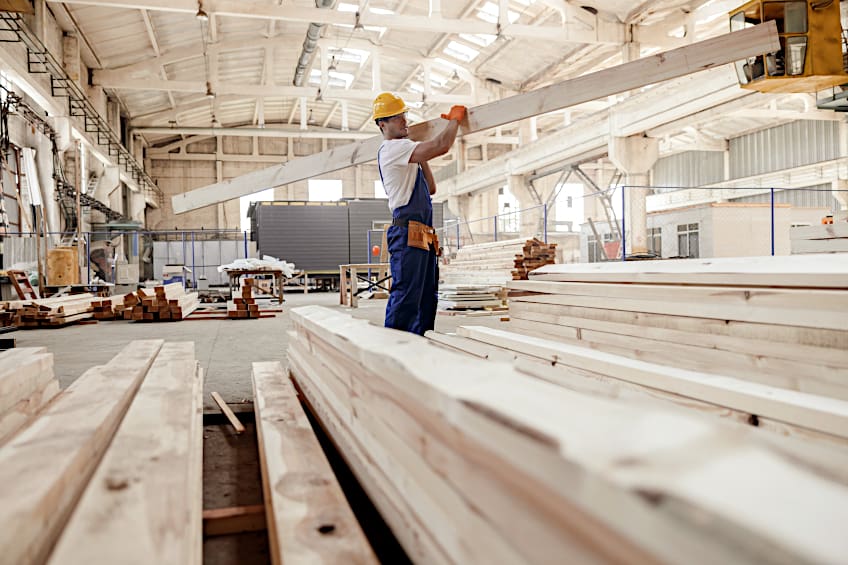
Tensile Strength
This light weight comes in stark contrast to its second most recognizable feature, being its tensile strength. Why? Well, usually when an object has a high tensile strength it happens to be quite dense. Density can be characterized as a concentration of mass in a given space, which usually makes the material quite heavy. This is illustrated in wood species like oak and walnut, which can be quite hefty.
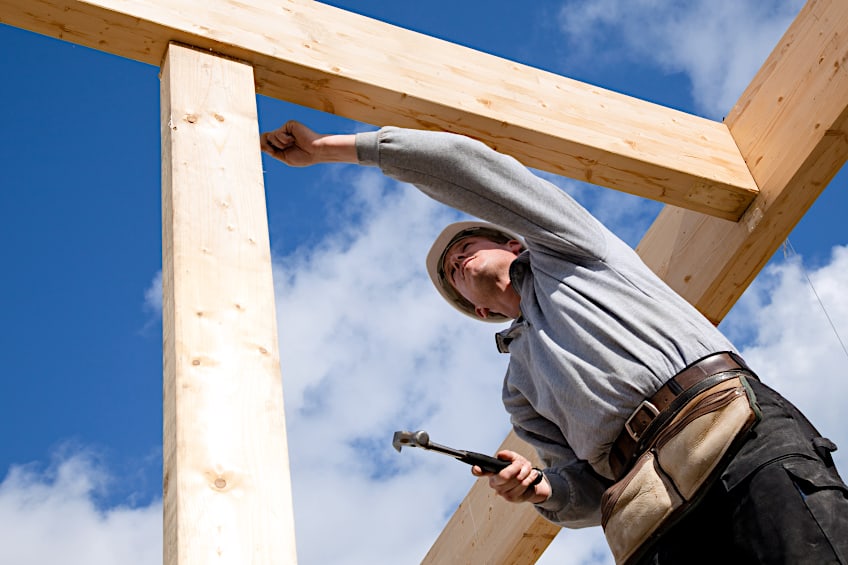
However, Ashwood does not have this problem. Instead, its molecular structure is rigid, which makes its wood grain strong enough to support a load, transfer potential energy and maintain a load without the disadvantage of added weight. This is one of the most sought-after characteristics of the Ashwood, and understandably so.
Aesthetic Appeal
Besides the fact that Ashwood is pretty strong, it also has a number of aesthetic characteristics. Ashwood is light in color and typically has a light beige tone, which makes it a pretty sought-after wood for use in making furniture. Its light tones create a light, creamy aesthetic that works well with modern minimalist aesthetics.
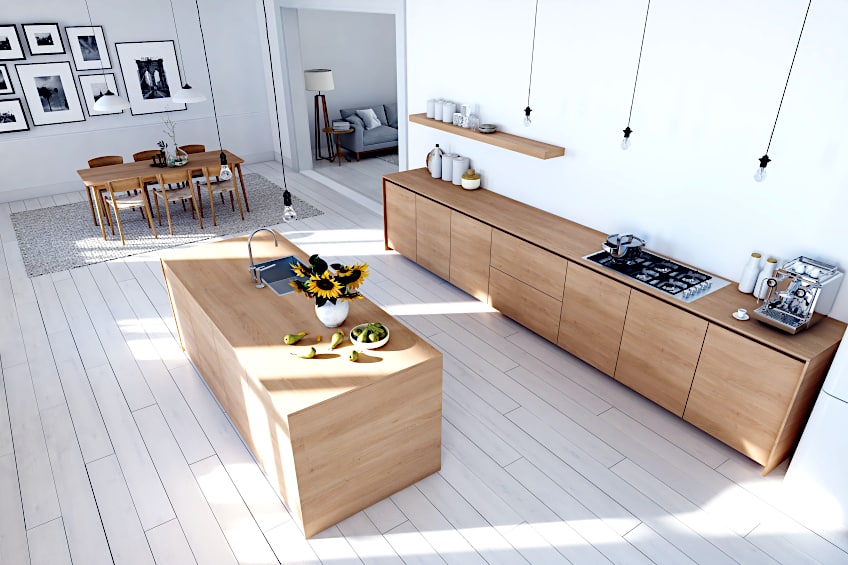
Reasonably Priced
This is why Ashwood and cherry wood are seen as the ideal wood species for furniture creation. They’re readily available and have the ability to be used in load-bearing applications while not being too expensive or heavy. Ashwood is also highly receptive to wood treatments, which makes it the ideal wood for DIY enthusiasts and professional crafters who like using wood stain and varnish on their workpieces.
What Are the Pros and Cons of Ashwood?
We mentioned some of the pros and cons of Ashwood in passing earlier, but to truly give you a sense of what this wood is all about we’ll have a bit more of a detailed look into the strengths and weaknesses of this wood are. First off, we did mention that this wood is quite hard, in fact, it measures a whopping 1320 lbs. on the Janke hardness scale.
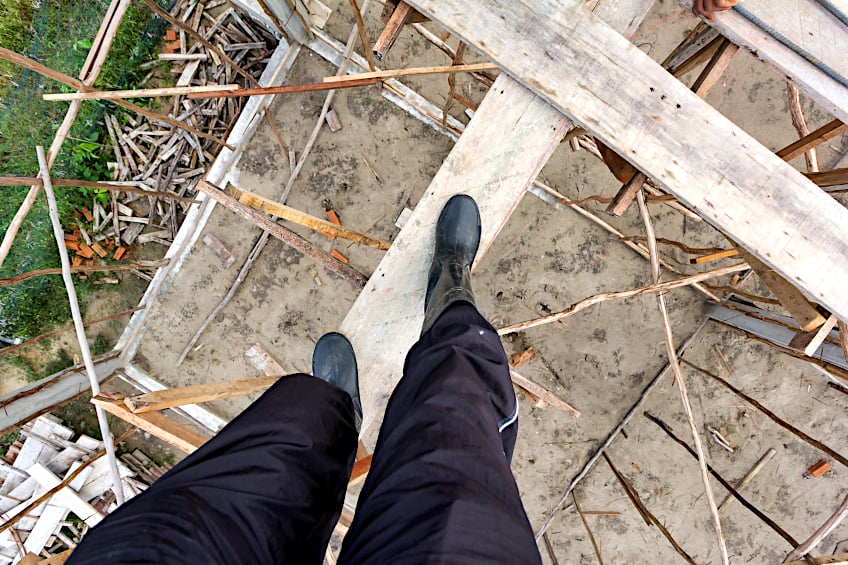
Advantages
Ashwood is pretty dense, which means that you won’t ever really have a problem with things like insects and moisture damage. This is because there are no recesses for the moisture and/or insects to get stuck inside of, which is ideal if you’re thinking about using Ashwood outdoors for patio furniture or even as part of a shed.
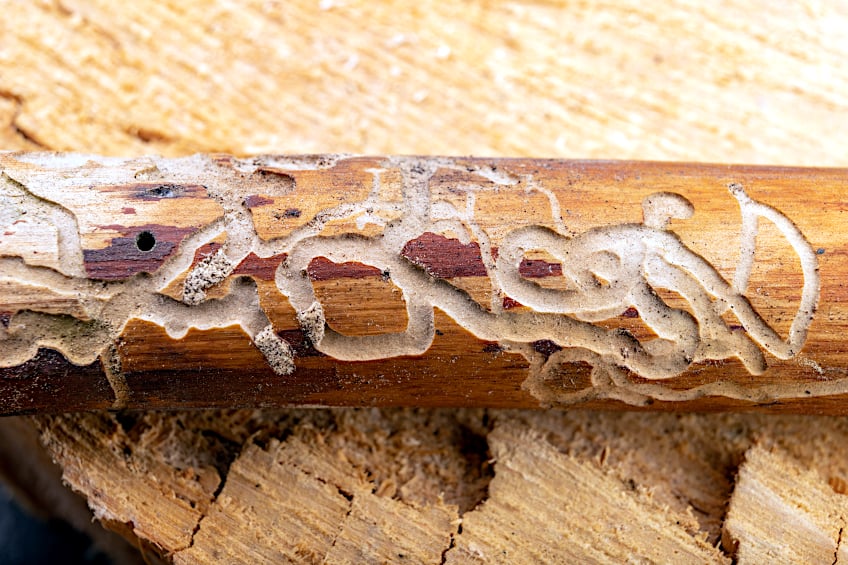
Is Ashwood expensive? Well, the price of Ashwood can vary considerably depending on where you live and how readily available it is. Typically, though, Ashwood is pretty inexpensive, but thanks to the rule of supply and demand you can expect to pay a bit more for it where it isn’t a commonly used wood, or where it is difficult to acquire. So, is Ashwood expensive? Generally, no!
It wouldn’t be an entirely bad idea to use Ashwood as a primary material for flooring either. If sealed and treated correctly, Ashwood actually makes for the ideal flooring material because of its hardness. Thanks to its hard surface Ashwood are exceedingly difficult to scratch and scuff up, so if you’re looking for wood flooring to use in areas with high foot traffic Ashwood might be just what you’re looking for.
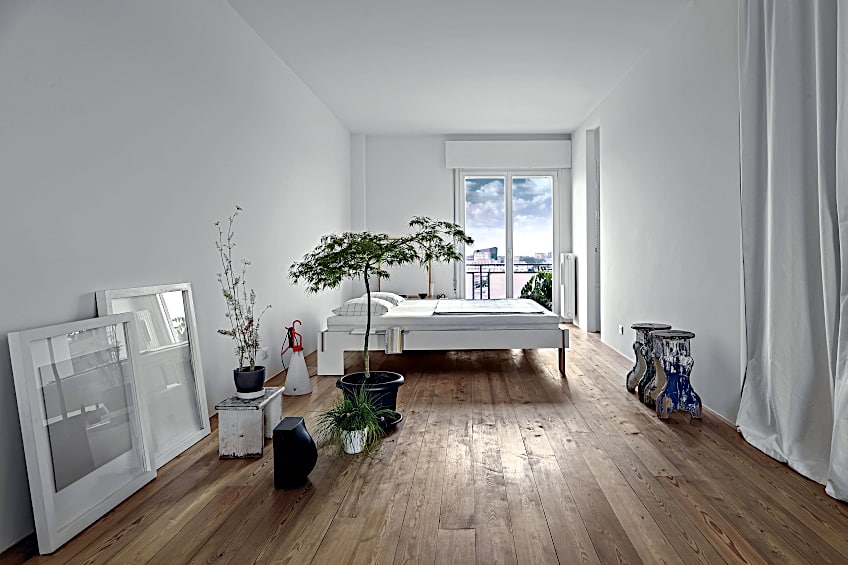
Also, if you ever do manage to get your hands on some Ashwood board that has a width adequate for use with flooring, you’ll be pleasantly surprised that it is quite easy to work with. Thanks to Ashwood being porous it’s pretty easy to cut up and shape, which means that even if you’re using your Ashwood board for smaller projects it will be a pleasure to work with.
Even though it can at times, the porous texture of this wood doesn’t count entirely against you. Ashwood grain is quite prominent, which means that should the space your workpiece is situated in produce loads of dust, or if you happen to walk in lots of sand, it will be easily obscured by the Ashwood grain! This makes it the ideal wood type if you’re not able to clean as regularly as you’d like.
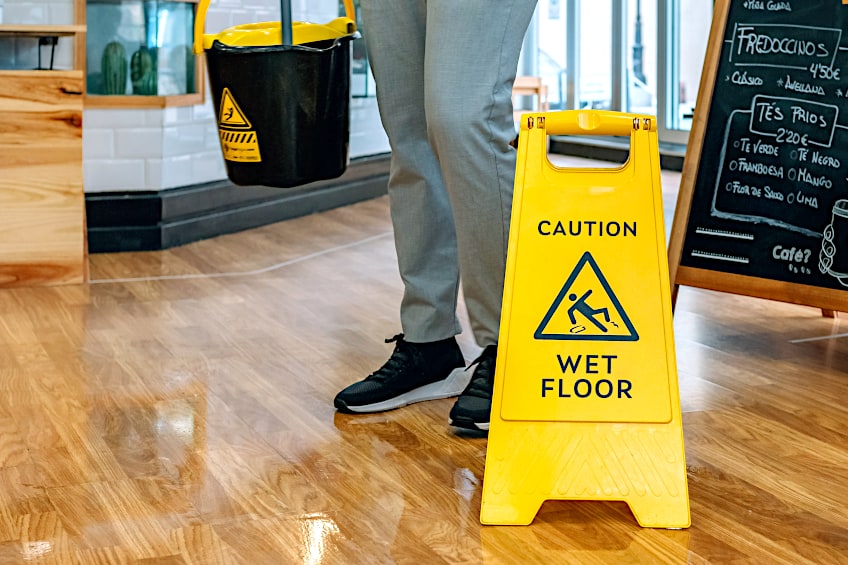
Disadvantages
Although Ashwood is pretty hard it doesn’t mean that this wood is impervious to damage though. Like most solid hardwood species Ashwood tends to be kind of needy. Ashwood surfaces need to be maintained pretty regularly to ensure that either the exposed surface or the surface coating protecting the wood grain doesn’t become damaged beyond repair.
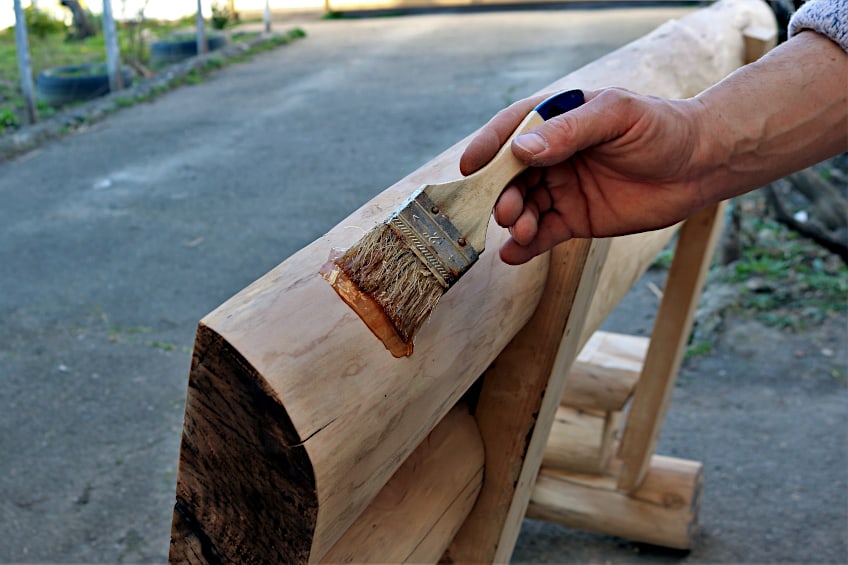
Just because Ashwood is cheap and strong doesn’t mean that it’s perfect, though. Many people use Ashwood as floorboard material because it’s easy to get quite a bit of it and it looks good. Unfortunately, if you’re thinking about doing it yourself, you should keep in mind that unless treated, Ashwood is quite flammable and could present a potential hazard in your home and/or office.

If this has convinced you to make your hardwood floor from Ashwood then you should check with your wood supplier as soon as possible. Why? Well, it can be a bit challenging to find Ashwood boards in the width needed for conventional flooring layouts, so be sure to check with your supplier in advance in case more boards need to be cut and/or ordered for your flooring project.
When it comes to porosity, the porous nature of Ashwood can count against you though. Taking a look at any piece of Ashwood that has its grain exposed will make it immediately obvious that it should not be used outdoors unless it has been sealed or treated. These little holes are prime real estate for little insects, which can be challenging to get rid of.
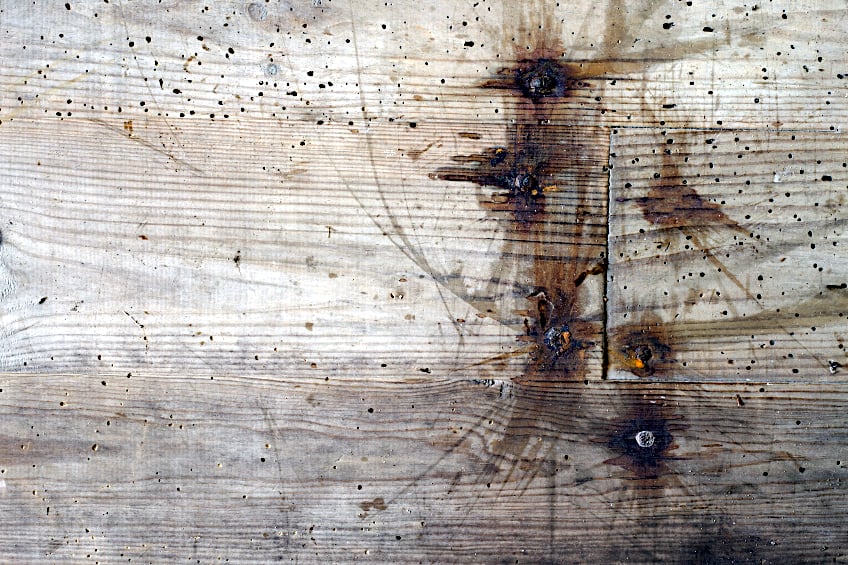
Finally, you should know that if you intend on using self-tapping fasteners like screws and bolts on your Ashwood board, you might not want to. This is because Ashwood has a tendency to split due to its inherent rigidity, and although this might seem like a deal-breaker at first glance, you can simply substitute your fasteners for adhesives like epoxy resin. This being said, try and avoid exposing any untreated Ashwood to intense heat or cold to prevent the possibility of the board splitting.
- Janke hardness of 1320 lbs.
- Decent density
- Extremely durable
- Impact-, abrasion-, and scratch-resistant
- Handles foot traffic well
- Easy to work with
- Accepts wood treatments and paint well
- Pronounced grain patterns
- Well-textured
- Hides dust and dirt well
- Lightweight
- Board requires constant maintenance
- Attracts insects looking to create nests
- Can be expensive in some regions
- Can be challenging to find wide boards for flooring
- Brittle design makes it flammable
- Can be roughly textured if used for flooring before wood is finished or treatment is applied
- Can be challenging to stain initially
- Not ideal for outdoor applications
- Has the potential to bend if its tolerances are exceeded by a weight
- Screws and fasteners can cause boards to split
- Not a good choice if a weighted board is needed
- Porous grain that needs to be sealed before the wood is used
How Much Does Ashwood Cost?
Wondering how much Ashwood actually costs? Like any other wood species, the price you end up paying for Ashwood is dependent on the grade of wood you’re purchasing and of course the size of the board. Ashwood is typically affordable as that’s the market niche it fills but depending on the grade and amount being purchased this can change.

Ashwood prices don’t vary drastically based on the size of the wood, at most they increase and/or decrease in proportion to the size by about a dollar. A good example of this is how a 4×4 board will cost you roughly $6,50, whereas a 5/4 will cost you around $5,75 per board. Other common sizes like 8/4 boards will cost you roughly $6,25 per board.
Keep in mind that these might not be the prices that you encounter at your local lumber yard because of regional availability. The harder it is to get a wood species in a given area the more it tends to cost, which means that you could end up paying anywhere between a couple of more cents to a few more dollars depending on where you live.
Some other factors that can affect the price of your Ashwood board are factors that affect the price of lumber in general. If you’re a regular customer of your local lumber supplier, the chances are (if you ask them nicely) that if you order your lumber in bulk you could possibly get a discount, but if the wood species is rare in your region this might not be possible due to shipping costs.
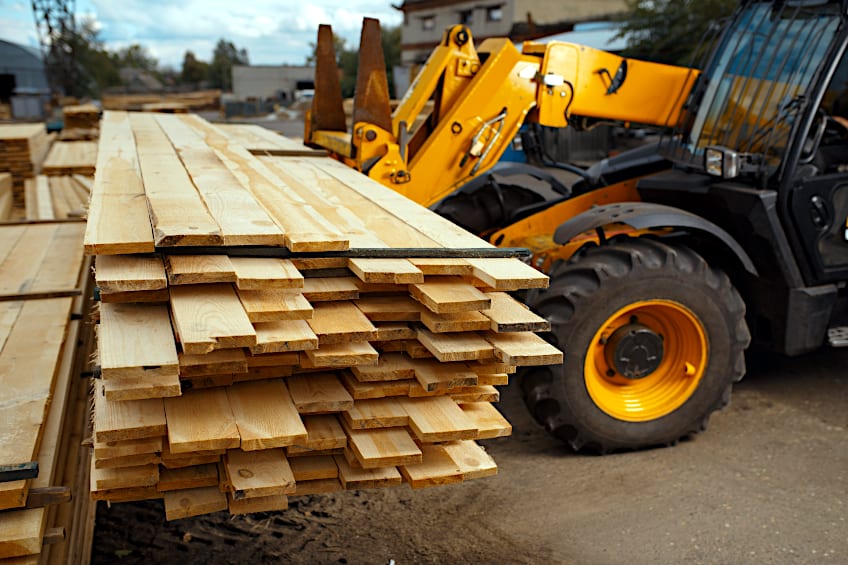
Another thing you should consider when purchasing Ashwood is the grade of wood you are looking to get. If the wood and its grain won’t be visible and you’re only using it for structural support, you could use a lower grade finish as it will cost significantly less. Higher grades of Ashwood would cost more because they have noticeably fewer knots and aesthetic imperfections compared to lower grade variants.
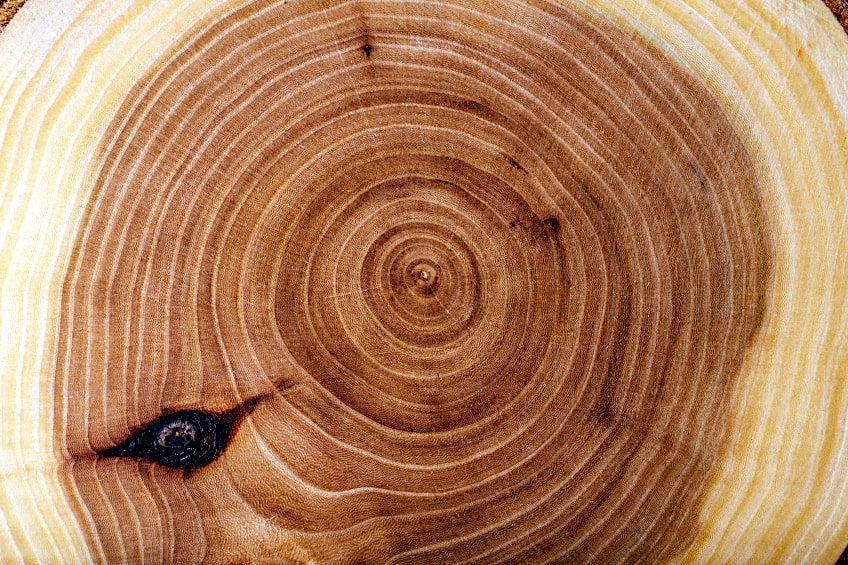
Another thing to consider when selecting the Ashwood you’d like to use, is where it is coming from. There are various species of Ashwood trees all over the world, all of which vary in quality, size, strength, color, durability, and longevity. It should go without saying that you’re going to pay more for higher quality wood that needs to be imported from further away.
Wood prices are subject to change at any time, and thanks to globalization more people have access to lumber from all over the world. This means that the demand for exotic wood species has gone up significantly, and thanks to the rules of supply and demand so have their prices. Always consider this before committing to a wood that isn’t readily available.

Tips And Tricks for Working With Ashwood
A big part of choosing a hardwood for a project is how easy it is to work with, especially if you have a large project that could take some time to plan and prepare for. If a wood is challenging to work with it can slow your progress, which isn’t ideal when you’re faced with time-sensitive projects, so let’s have a look at whether Ashwood is an easy wood species to work with as well as some tips and tricks you can use to make your experience with it a bit easier.
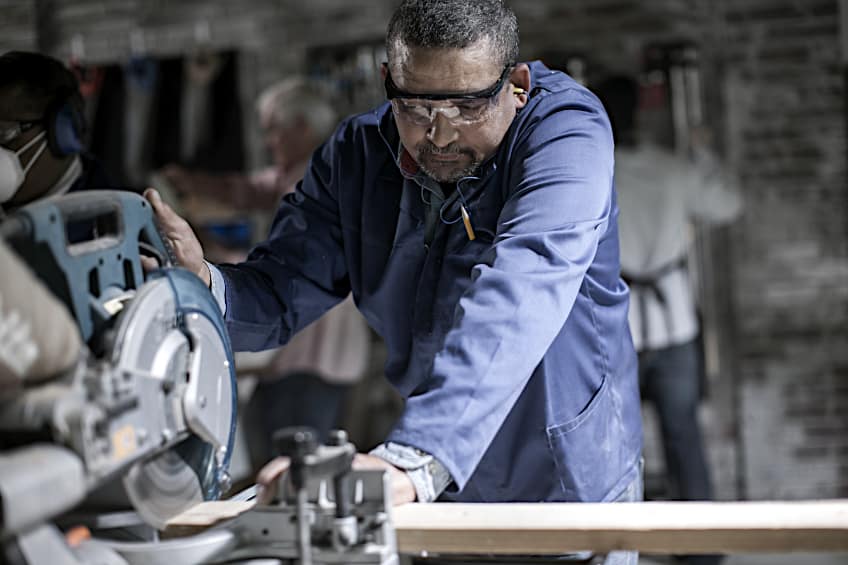
Ashwood is known for its beautiful texture and pronounced grain patterns. Usually, when a wood has a grain pattern that is pronounced, it means that it can be quite knotty and challenging to work with, and although Ashwood is super dense it still has this characteristic. Wood species that are tough can damage saw blades and be challenging to fashion into other forms, so you shouldn’t approach cutting with a gun’s blazing attitude.
Remember, Ashwood is renowned for its hardness so you shouldn’t be surprised that it can be a bit challenging to work with. Working with any wood that has these properties should be done so carefully, which is how most professional wood crafters work with cherry and Ashwood thanks to their similarities in both appearance and physical strength.
Ashwood also possesses loads of little knots, which can cause your cutting blade to veer off or jam into these knots. Therefore, identifying the knots and particularly dense areas and removing them manually before fashioning the board into another form. There are many tools available for doing so, although, if your project is time-sensitive, you can purchase a pre-processed board from lumber suppliers.
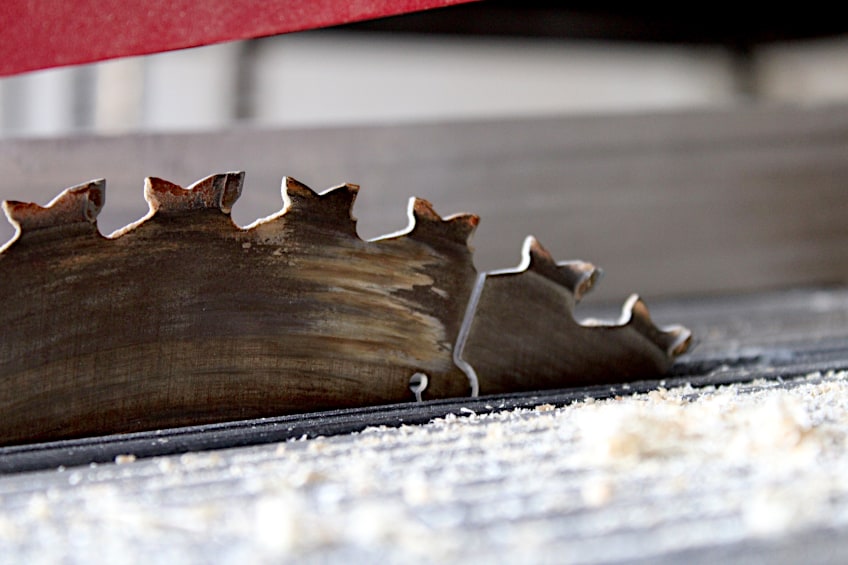
For those that have been in the woodturning and crating fields for a long time, the general advice given is to approach Ashwood the same way that you would a piece of hard oak. If you haven’t worked with this wood type before, the rule of thumb is not to force any cuts, and if you encounter knots or just generally tough areas during the cutting process all you need to do is work around the section in question.
What Kind of Tools Should You Use to Cut Ashwood?
Cutting Ashwood is like cutting oak wood. You need the right tools for the job, or you risk potentially damaging your cutting tools (which can be challenging to replace/repair). So, what kind of cutting tools should you use when working with Ashwood? Well, for starters, you should consider only working with wood with a moisture content of eight percent or lower.
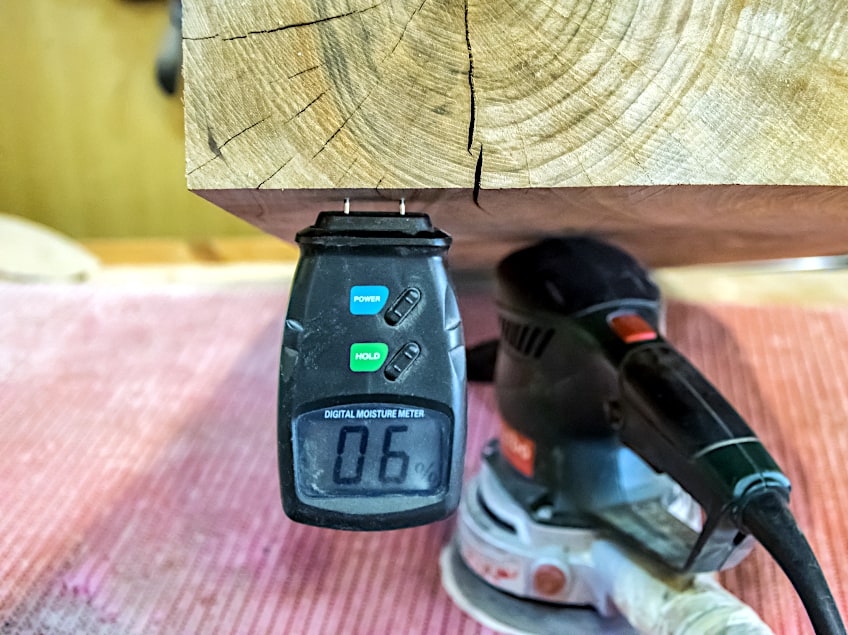
If you’re running your wood board through planer knives you should do your best to run them through at an angle of 90 degrees as this ensures that the wood follows the path of least resistance. When you plane wood with an irregular grain pattern, the ideal angle for approaching a plaining knife is at an angle around 45 degrees.
If you’re portioning out really tough hardwood, you’re going to have to make sure you’re using a ripped blade with the correct tooth count. What is the ideal tooth count to use when working with Ashwood you ask? Ashwood should ideally be cut with a blade having a tooth count of between 24 to 32 teeth to ensure that the wood is cut correctly.
How Many Species of Ashwood Exist?
Like any tree species, there are loads of species of Ashwood all around the world that are used for different applications thanks to their varying qualities. If you’re wondering just how many species there are, we’ve prepared a short table detailing the different types of Ashwood trees, where you can find them, their natural height, and their botanical names. There are roughly 13 species of ash tree, which are relatively similar in appearance but with some noticeable differences.
| Species of Ash Tree | Height | Indigenous Location | Botanical Name |
| Black Ash | Up to 80 feet | Eastern Canada | Fraxinus nigra |
| Green Ash | Up to 70 feet | Eastern and Northern US | Fraxinus pennsylvanica |
| White Ash | Up to 80 feet | Northern US | Fraxinus americana |
| Blue Ash | Up To 75 feet | Mid-Western US | Fraxinum quadrangulata |
| California Ash | Up To 20 feet | Western Coast US | Fraxinus dipetala |
| Carolina Ash | Up to 40 feet | Cuba | Fraxinus caroliana |
| European Ash | Up to 80 feet | Eurasia | Fraxinus excelsior |
| Greggs Ash | Up to 80 feet | Arizona/New Mexico | Fraxinus greggii |
| Manna Ash | Up to 50 feet | South Europe and Southeastern Asia | Fraxinus ornus |
| Narrow Leaf Ash | Up to 80 feet | South Europe and Southeastern Asia | Fraxinus angustifolia |
| Pumpkin Ash | Up to 80 feet | Eastern US | Fraxinus profunda |
| Velvet Ash | Up to 50 feet | Southwest US | Fraxinus velutina |
| Manchurian Ash | Up to 50 feet | Eastern Asia | Fraxinus mandschurica |
As you can see, Ashwood is primarily found in the United States, Europe, and Asia. The tree species found in these regions have various physical attributes, which funnel them into certain industries where said applications are most conducive to the intended applications of the products being produced. Natural Ashwood is pretty much in the same vein as natural resources like coal and metal, but unlike these other resources, natural Ashwood is the only one that is sustainably renewable and can be used for a variety of purposes.
How to Tell if Your Furniture Is Made of Ashwood
As we mentioned previously, Ashwood resembles loads of other hardwood species, and it can be difficult to distinguish this wood from them especially if it’s been treated or painted over. In fact, pretty much the best way to tell if a furnishing has been made of Ashwood is to ask the original owner or creator of the piece, but there are some tell-tale signs you can look out for.
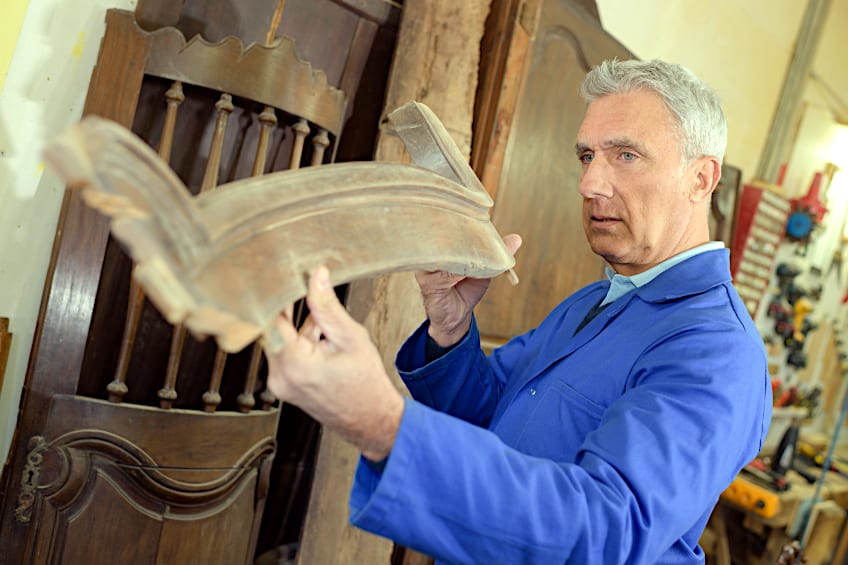
If you have purchased a wood that claims to be Ashwood, you can double-check the grain against the species of Ashwood it claims to be. Remember that white ash is the most common Ashwood in the Northern US, and it has a prominent intricate grain. You can also perform a strength test and check the porosity of the wood against samples that can be found online.
Ashwood looks so much like other hardwood species like Cherry and Maple that even professional wood crafters have a difficult time telling this wood apart from hardwoods. This has led to many crafty folks passing off Ashwood like cherry, maple, and even oak workpieces, and quite successfully at that. This is why you should be extra careful when purchasing furnishings second-hand, particularly if you’re paying a pretty penny for it.
Is Ashwood Ecologically Friendly?
These days there are loads of ads from companies that claim that their products and packaging are eco-friendly, but this term can be pretty vague. There are many facets to sustainability that aren’t addressed by what has arguably become the majority of manufacturers. The same can be said when referring to the harvesting and processing of Ashwood, so let’s take a little dive into how sustainable this wood species actually is.
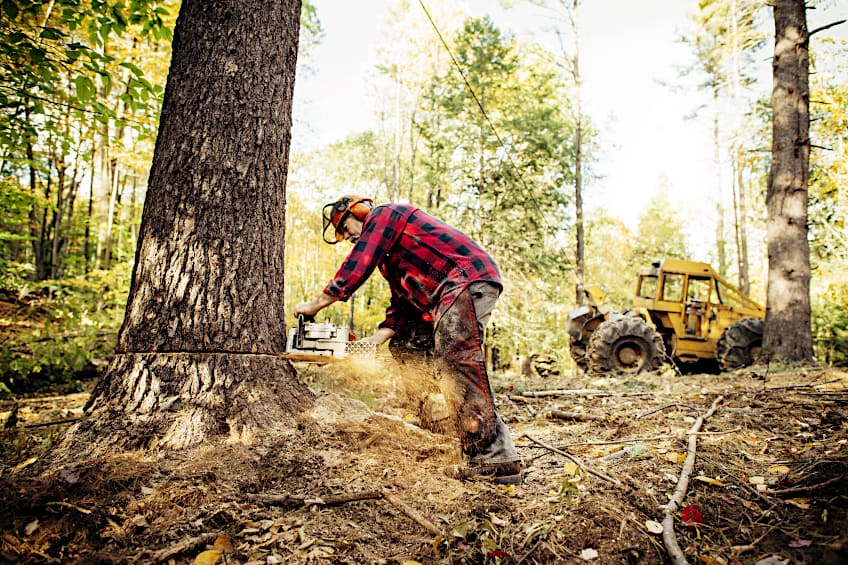
Ashwood is native to certain parts of the US, but thanks to how well ash trees take to new soil it can quite easily become an invasive species if it takes root in an area that hasn’t been allocated for its growth. This being said, there are various agencies throughout the US that ensure that ash trees are not only sustainably grown to protect other plant and animal life, but that they’re sustainably harvested too.
On a bit of a sad note, although Ash trees are usually pretty resilient to damage and adverse weather conditions, their wood is quite porous, which leaves them vulnerable to attack and infestation by things like little bugs and fungus. This is pretty much exactly what happened in Vermont, where a little creature called the Emerald Ash Borer infested and destroyed the majority of the emerald ash tree population.

Since then, the emerald ash tree has been classified as an endangered species in the area, and environmental scientists and woodworkers have been working around the clock to get rid of this pest. Progress has been good and the ash tree population in the area is now on the road to recovery, but it will be a while before they resemble their former numbers (they are trees, after all).
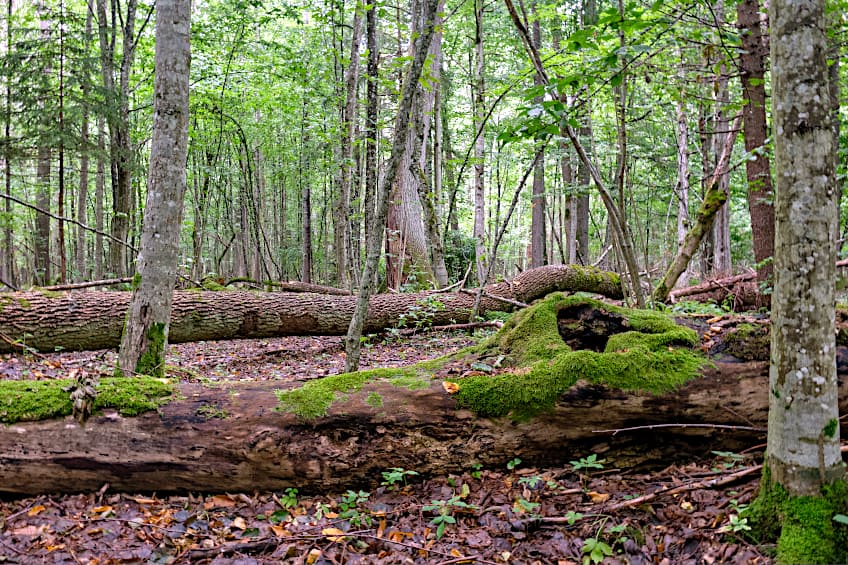
Are ash trees a sustainable resource then? Absolutely, they aren’t inherently bad for the environment, and thanks to the department of agriculture and a culture of sustainable harvesting, ash trees have become a renewable staple in the lumber industry. They do not affect local vegetation, they don’t affect local water consumption negatively, they’re resilient to external forces, and they grow at a relatively renewable rate too!
Now that you know what Ashwood is, where you can find it, some of its key characteristics, some of the different species of Ashwood that exist around the world, and whether or not it’s a sustainable tree species, it’s time to get out there and put your newfound knowledge to the test. Remember to always buy lumber from sustainable sources and to ensure that the wood species you have chosen is conducive to your intended application.
Frequently Asked Questions
What Does Ashwood Grain Look Like?
What does Ashwood grain look like? Ashwood is a hardwood with a straight grain that tends to be coarse and raised in some variations of the wood species. This wood is densely grained, which is what gives it its strength and durability.
Is Ash a Hardwood?
Is ash a hardwood? Ashwood is a hardwood, specifically from the white ash tree (Fraxinus Americana) in North America. This wood is known for its combination of high tensile strength and light weight, which makes it unique among other hardwood species.
What Does Ashwood Look Like?
What does Ashwood look like? Ashwood is light brown almost beige in color with a grain pattern that almost always appears straight. Ashwood has a prominent texture that when treated and sanded can feel and look creamy and soft, especially when paired with similar colors.
Can You Use Ash for Woodworking?
Can you use ash for woodworking? Yes, you can! Ash is really special among the hardwood species because it is both strong and lightweight. This means that you can use it in applications where strength is needed but where weight might be a problem. As is used to make weapons, sports equipment, and even furnishings.

I have been into woodworking since 2005 and woodturning since 2011. Because of my love for wood and woodworking, I started woodhappen.com to teach other enthusiasts about how to finish and seal wood, the best woodworking tools, the different types of wood, and everything else related to woodworking! Read more about me here.

